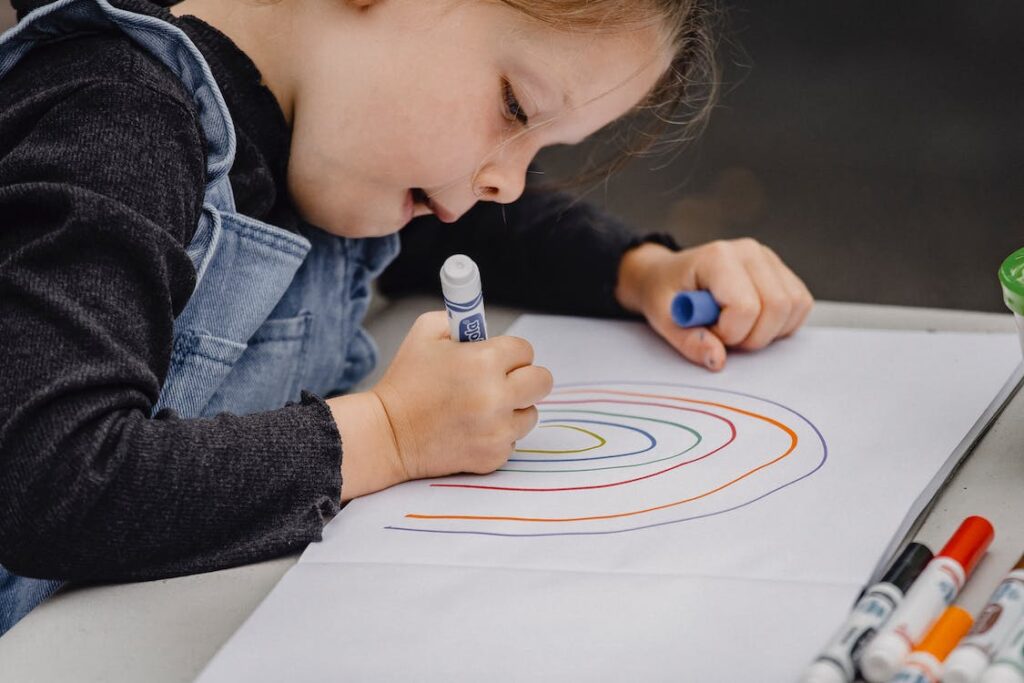How to spot the signs of ADHD in your foster child and what to do to help
Date published
19 October 2022
19 October 2022

It wasn’t long ago that children with ADHD were seen as disruptive and difficult to handle. However, there’s been a lot more awareness of ADHD and how to manage it over the last decade.
When it comes to ADHD (Attention Deficit and Hyperactivity Disorder) there are a few signs that will allow you to identify this in your foster child. The key is to stay present and attentive to your child’s needs so you can see patterns in their behaviour and the issues they struggle with.
When it comes to the symptoms of ADHD, the NHS categorises them into two different sub-sections:
Inattentiveness
Hyperactivity and Impulsiveness
Those with ADHD tend to show symptoms that fall into both. It’s also worth noting that ADHD is more common in males than females. Males are more likely to exhibit both a lack of concentration and disruptive behaviour. Yet, females are more likely to show predominantly inattentiveness.
Some signs to look out for when spotting the signs of ADHD in foster children are:
A short attention span
Easily distracted
Being forgetful
Unable to stick to tedious tasks or tasks that are time-consuming
Unable to listen
Unable to carry out instructions
Constantly needing to change activities
Difficulty organising tasks
Hyperactivity is usually the most obvious symptom of ADHD, which is often why males are more likely to be diagnosed than females, as they exhibit this symptom more prominently.
Not able to sit still
Fidgeting all the time
Unable to concentrate on simple tasks
Always on the move
Excessive talking
Lack of patience
Impulsive actions
Interrupting conversations
Very little or no sense of danger
These symptoms are usually noticeable before the child turns 6. You’ll usually find that they start to disrupt the child’s schooling and you may have feedback from teachers about the child’s symptoms. If you have any suspicions that your foster child may have ADHD then it’s always worth discussing their behaviour and problems with their teacher, to see if there is a difference between the home and school environment.
Sometimes a response to trauma can be mistaken for ADHD, so it’s important not to jump to a conclusion until you know for sure. Many foster children have experienced some sort of trauma at an early age, so we need to be vigilant about labelling behaviours as ADHD without a careful analysis.
In order to ensure your child is definitely suffering from ADHD, we recommend:
Speaking to school teachers to assess the child’s behaviour in a different environment
Keep a record of the most common behaviours and issues so you can refer back to your social worker
Get your social worker involved by voicing your concerns and asking for any information about the child’s behaviour before being placed with you
Working with your social worker to get an official medical diagnosis
Explore behavioural management techniques and participate in training courses if possible
If possible, work with the parents and social worker to make sure the child has a consistent and secure routine. Identify key triggers and work together to avoid or mitigate them.
Make sure that you also keep the child in the loop if they are old enough to understand ADHD. Work together with them so that you can both establish firm habits and boundaries that need to be followed. Be patient with your foster child and always reach out for support when you need it.
Fostering insights
19 October 2022
Get in touch with us today
Contact us
